Pizza Takeout History: A Food Historian’s Slice Of Pizza Delivery Origins And Transformation
Takeout and delivery is a staple of our society today, and Pizza in particular has a long, delicious history from 18th Century Naples street vendors to North American go-to delivery food. Nowadays, it’s almost impossible to imagine life without it.
Canada Takeout caught up with Food and Cultural Historian, Dr. Alexander Hughes to find out the history of our favourite cheese covered pies. Alex, a Toronto-based writer, educator, creative, marketer shares how they came to be, how the industry has changed to adapt and embrace the new culture of delivery, as well as answering your burning question about that little white table we sometimes find in our pizza boxes.
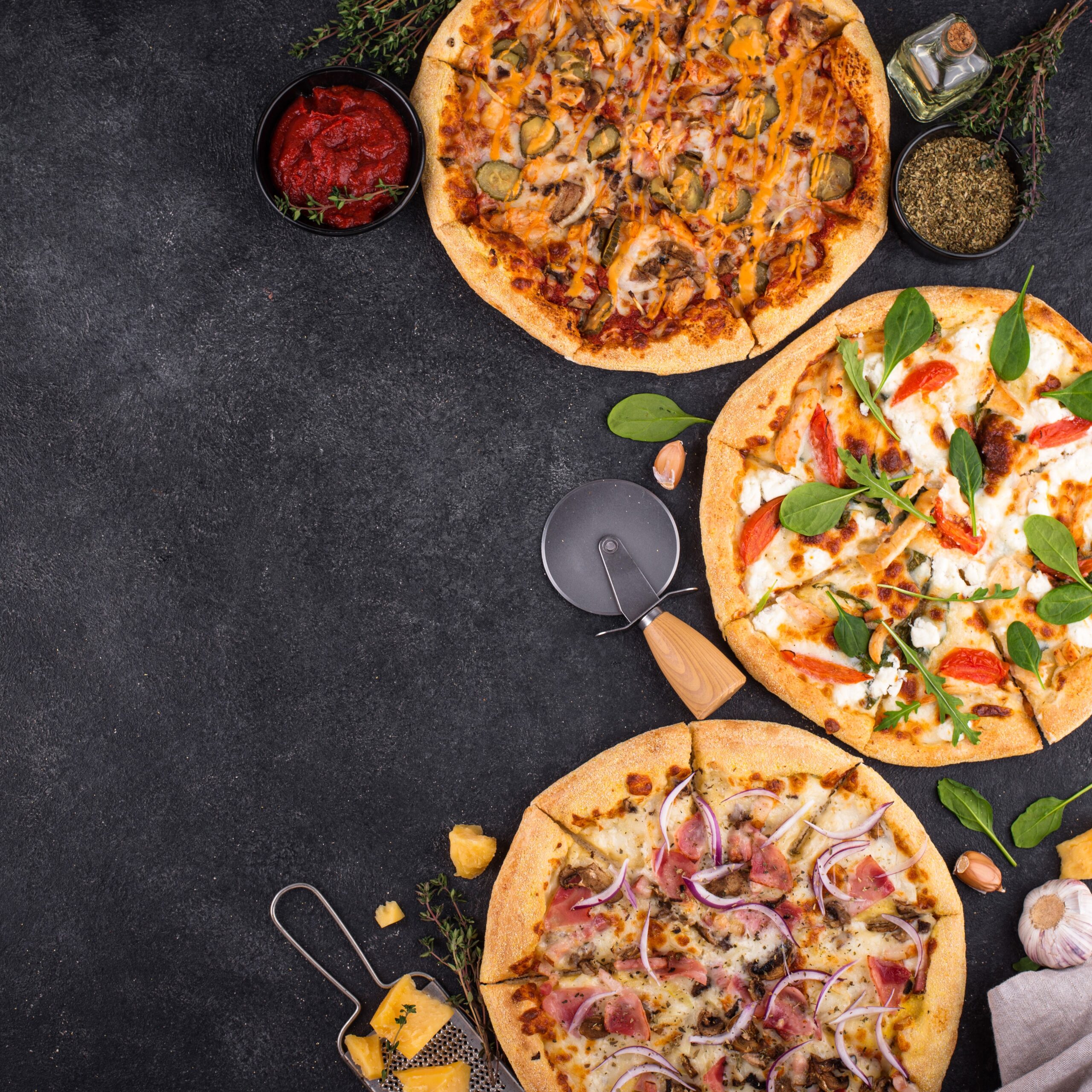
Pizza Meant For Mobile
Okay, quick history lesson. Dr. Hughes says that “From its earliest origins in Italy, pizza was a mobile food — first sold by street vendors who walked around with miniature ovens. In Canada, pizza delivery really emerged in the late 1950s, following the traditions established by the fried chicken and fish and chips industries who offered delivery. At its earliest stages, pizza delivery was difficult- a heavy greasy hot pie was being delivered in weak bakery boxes (the kind of boxes meant for pastries). The pizza would loose heat, the box would sag, cheese would stick to the lid of the box, or the ultimate disaster— a pizza could be dropped!
So who pioneered the innovation that ensured our pizzas came intact, in all it’s intended glory? Technological advancements made in the 1960s, most attributed to the American chain, Domino’s, really advanced the pizza industry.
Hot Box It!
Pizza is one of those dishes that travel super well, but as we mentioned, it wasn’t always that way. New technology, modifications and engineering have contributed to making Pizza one the most popular hot and ready delivery food. Of course, if your looking for a pizza that travels well, less cheese and less toppings causes less “top-sliding” in the box, but then again, what customer wants an under-dressed pizza?!” Dr. Hughes concludes.
According to him, technological enhancements in the 1960s were key to pizza delivery. Most importantly, the corrugated cardboard pizza box, created by the founder of Domino’s, was quite an enhancement from the flimsy bakery boxes that were previously used. It was a sturdier packing item, that also maintained some pizza warmth. Keeping the pizza warm was also a major challenge- especially in northern cold climates like those in Canada. One of the first attempts involved modifying the delivery car with a “hot box” on the passenger seat, connected to the radiator that cycled heat into the car. However, at Domino’s in Ypsilanti, Michigan, one of the first insulated pizza bags was developed. Future developments included heating coils which plugged into the car’s cigarette lighter, or even roaming vans with pizza ovens in the back who would make and deliver pizzas at the same time (that was a short lived business!).
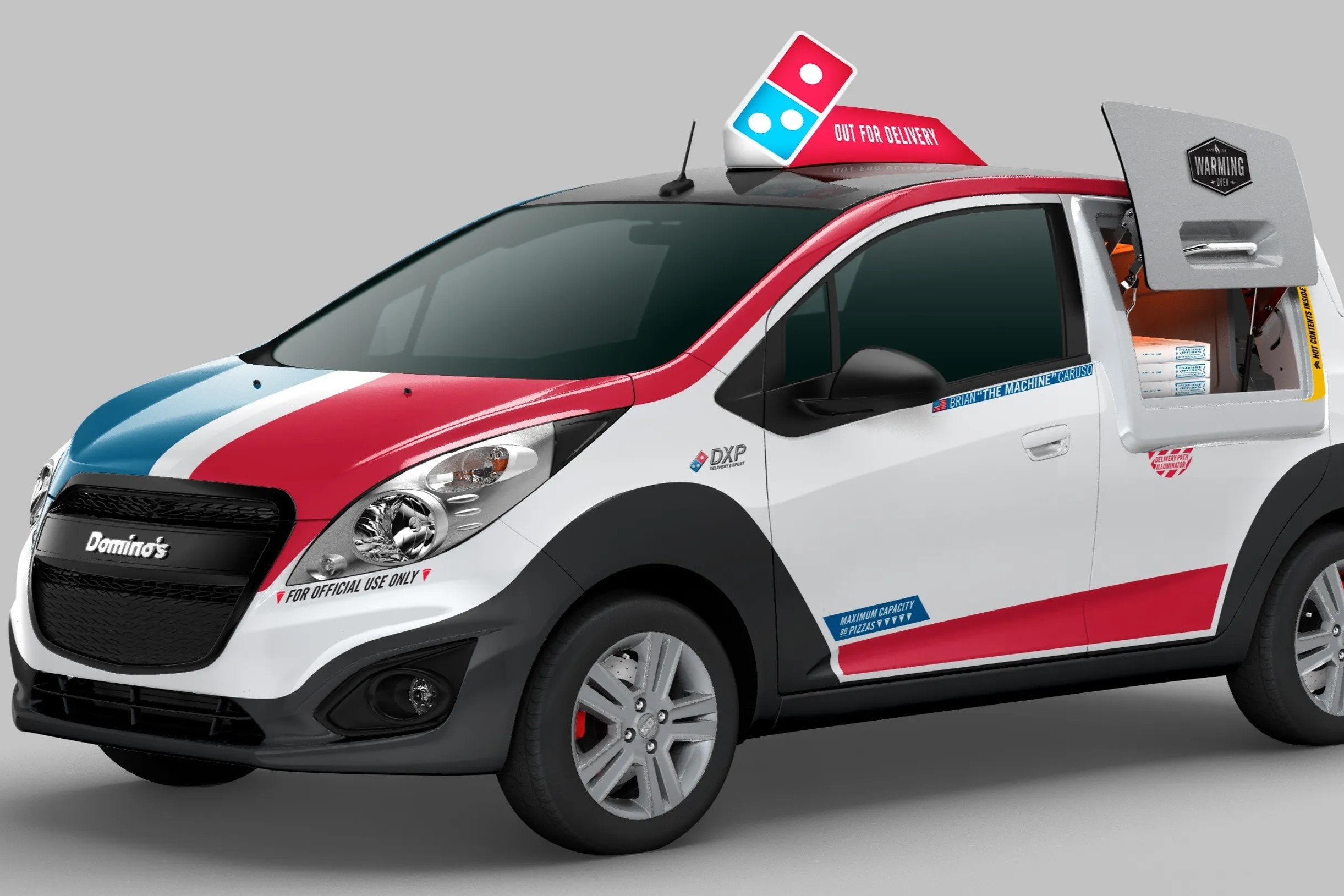

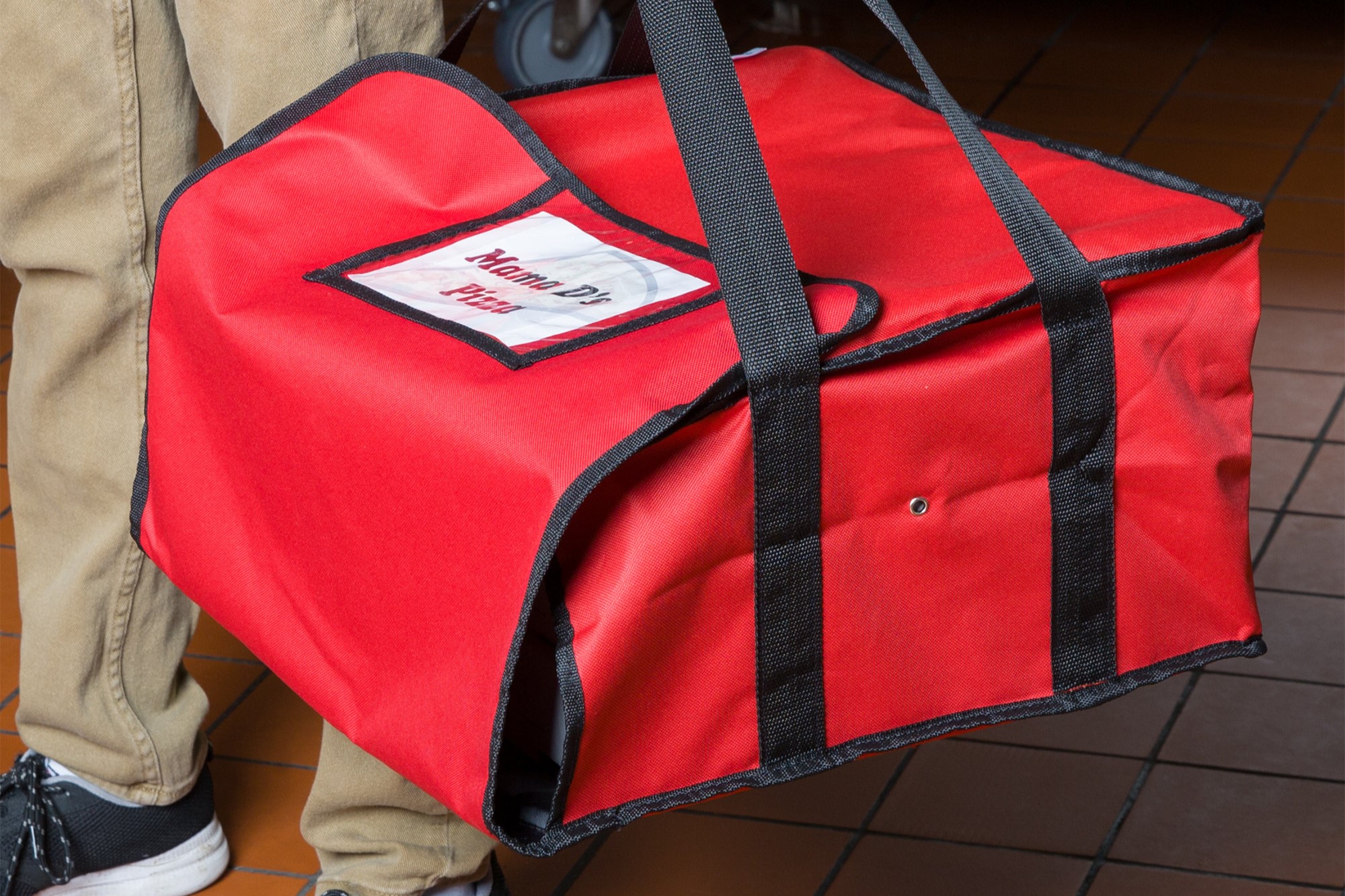
Using the Cardboard Canvas To Your Advantage
From the earliest days of the pizza box, it has been used for marketing. At first box manufacturers only had a collection of pre-designed generic boxes with images like a Chef or Italian Countryside Village. Dr. Hughes, goes on to explain that boxes quickly became a part of a brand’s identity, with great options to have mascots, logos, and slogans. Boxes also became a great vehicle for cross-over promotions, such as Pizza Hut’s Star Wars collection and most recently, tamper-proof stickers have become a unique marketing addition. Looking for some more intel on pizza boxes, Dr Hughes reccomends Scott Wiener’s book Viva La Pizza! The Art of the Pizza Box as a great start!

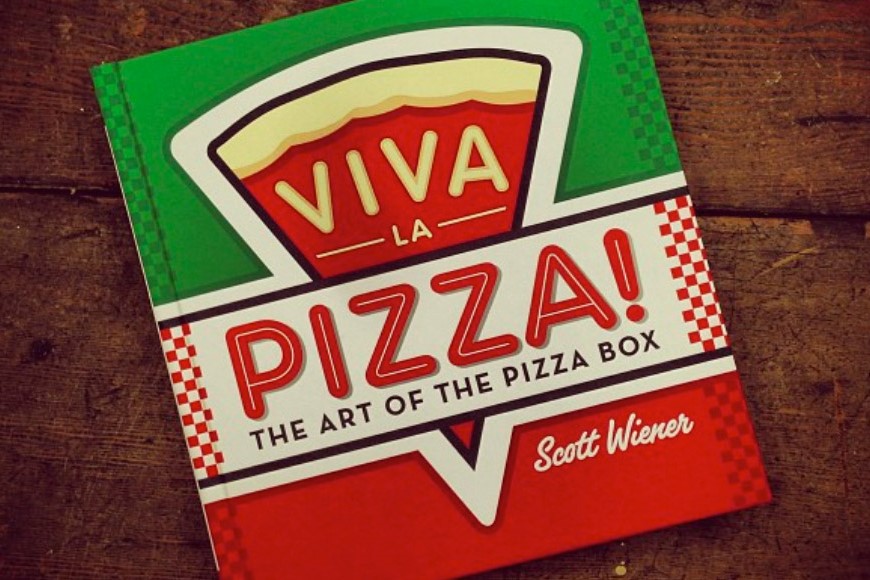

Risk & Reward Of The Pizza Delivery Driver
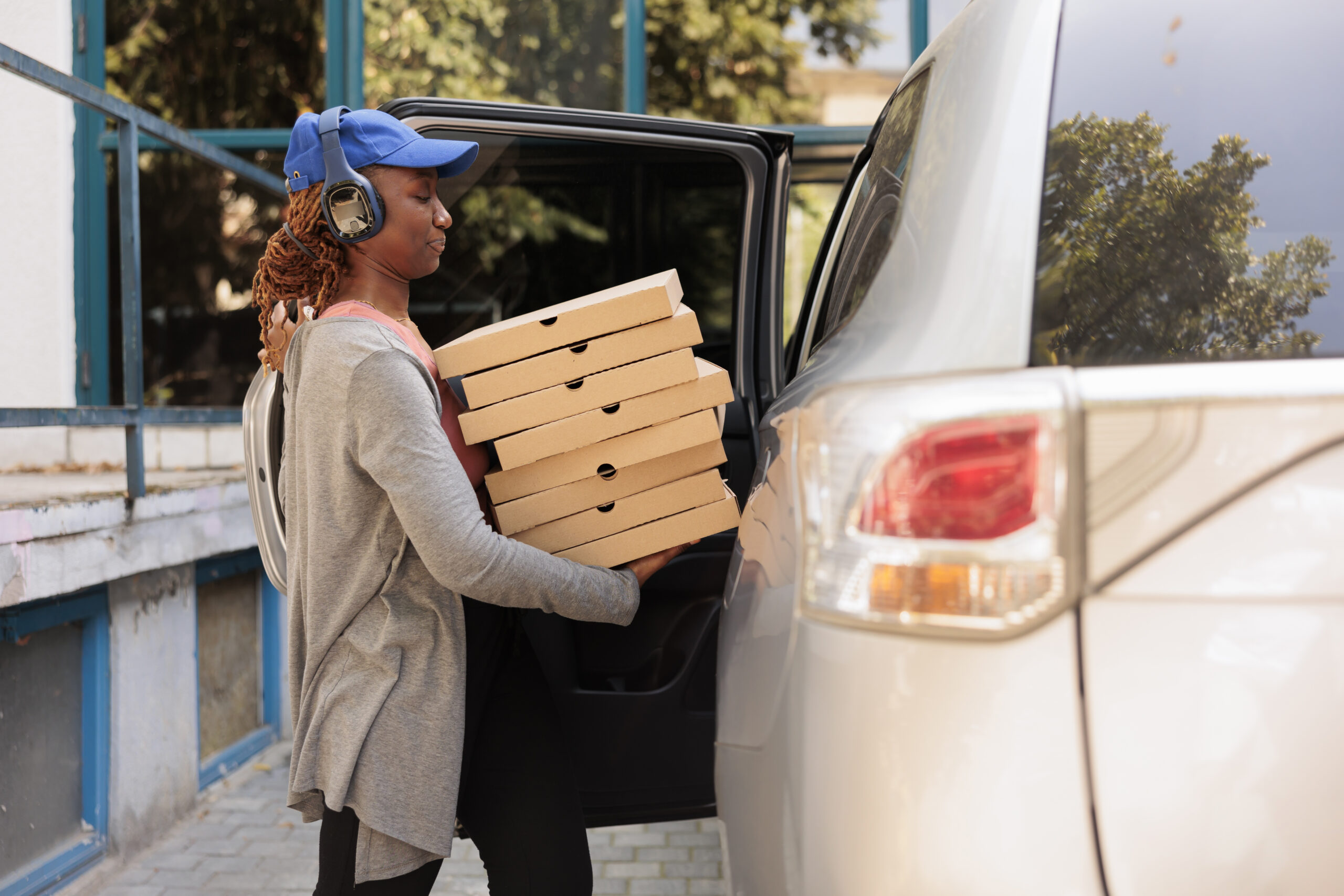
The pizza delivery driver profession really came to life at the same time as pizzerias in Canada, in the late 1950s. In an era before GPS, drivers had to be skilled readers of maps and atlases to find delivery locations, as well as skilled drivers (usually owning their own car), working long and late hours, and delivering a difficult food item. Furthermore, Dr. Hughes explains that under the era of 30-minutes-or-its-free policies in the 1980s and 1990s, pizza delivery drivers were pushed with rapid delivery, and became one of the highest risk of injury or death jobs in the United States – surpassing police and construction workers. Sadly, Dr. Hughes adds, many drivers faced assault and robbery which was well documented in newspapers between the 1970s and 1990s.
Fast forward to 2020, with the proliferation of third party delivery service, we questioned how this has impacted the traditional role of the dedicated pizza delivery driver. In his opinion, Dr. Hughes laments that under third party delivery services – a sense of community and pride in a pizzeria has been lost. Pizza delivery drivers were the face of a business, now with third party drivers, its a different delivery driver with each order. Dr. Hughes said that “for example, I interviewed delivery drivers who knew all of their “regulars,” or who were even recruited as police informants because of their ability to drive around neighbourhoods at all hours of the day”
What's The Little White Table For?
No, it’s not a little dinner table, nor a pizza pulling device…The pizza saver, or little white pizza table, pizza tripod, or package saver was designed to prevent cheese from sticking to the roof of the pizza box when boxes are stacked on top of one another.
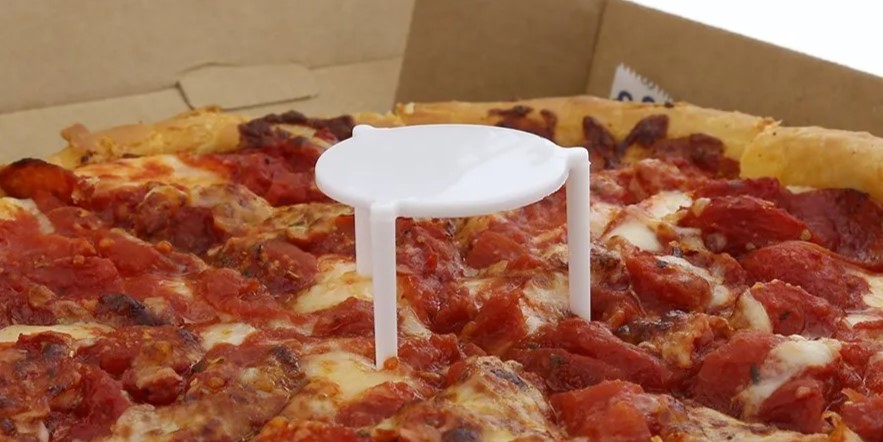
A patent was made in Buenos Aires in the 1970s, however the American side of this story keeps me awake at night! In 1985 Carmela Vitale of Dix Hills, New York was issued a patent for the pizza saver, and renewed it in 1983 and 1985. However, Dr. Hughes says information about Vitale remains a mystery, nor are there records indicating she was connected to the pizza industry, owned the machinery to produce the pizza table, or had even seen the Argentinian product from the 1970s. In 2020 Pizza Hut Hong Kong and IKEA actually made a side table designed to resemble the pizza saver!

Alexander Hughes received a PhD in Canadian and American History from York University in 2022. He wrote his doctoral dissertation on the history of the pizza industry in Toronto, Ontario and Buffalo, New York between 1950 and 1990. He is currently working on a book about Canadian and American pizza history.
Please link @PizzaHistorian on Instagram, and www.dralexhughes.com
View this post on Instagram

